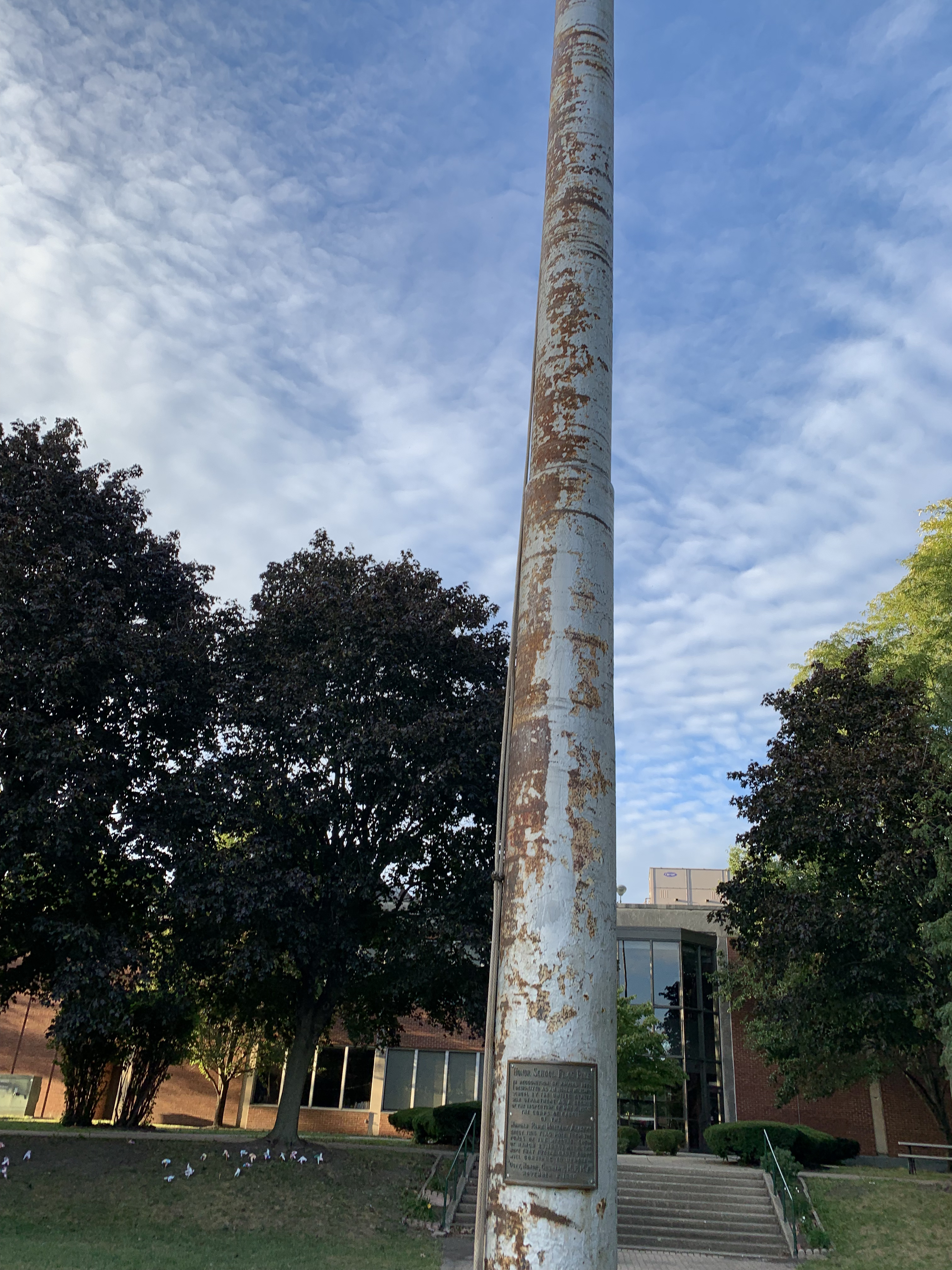Memory is a weird thing. We can’t find our keys and yet obscure triggers have us recall things ofttimes better left unremembered/forgotten/lost.
Attending a recent ceremony at my alma mater, I noticed the flagpole – rusted and minus the flag – and recalled standing in the back of a classroom decades earlier, as Principal Lintz looked out at the structure. He asked me whether I thought we should lower the flag to half-mast, in recognition of the Kent State University massacre, which had occurred earlier that day of May 4, 1970, when the Ohio National Guard shot and killed four and wounded nine other unarmed students during a peace rally opposing the US expansion of the Vietnam conflict into Cambodia.
The 2018 Malcolm Gladwell Revisionist History podcast titled “Free Brian Williams,” exposes the fallibility of memory, wherein we have revisions of our memory . . . resulting in retellings that are not lies, but rather, as described by William Hirst, PhD, professor of psychology at the New School for Social Research in an interview with Time’s Justin Worland for the article “Why 40% of Americans Misremember Their 9/11 Experience, a “time-splice error” that led the former NBC Nightly News anchor to experience inaccurate, but coherent, memories. “You begin to weave a very coherent story,” says Hirst. “And when you have a structured, coherent story, it’s retained for a very long period of time.” Hirst goes on to say, “Human memory is not like a computer,” “Human memory is extremely fallible.” In other words, people remembered facts about their 9/11 experience, but they forgot how the pieces fit together. Once they come up with an inaccurate but coherent narrative, they often stick with it. While many people’s memory of their experiences changed in the year following 9/11, they tended to continue telling the same false memory in the decade that followed.
The interview is based on the research article: “A Ten-Year Follow-Up of a Study of Memory for the Attack of September 11, 2001: Flashbulb Memories and Memories for Flashbulb Events,” Journal of Experimental Psychology (2015) Hirst, William Phelps, Elizabeth A. et. al. “The findings suggest that even traumatic memories and those implicated in a community’s collective identity may be inconsistent over time and these inconsistencies can persist without the corrective force of external influences.”
Joshua Foer’s journey from aspiring journalist living in the basement of his parents’ home to winner of the United States Memory Championship and the subsequent publication of his award-winning book Moonwalking with Einstein: The Art and Science of Remembering Everything (Penguin Books, March 2011) is particularly memorable—pun intended. Foer’s memory techniques include the “PAO System,” where one assigns images of people, actions, and objects and arranges them in a “memory palace” which allows one to recall the order of cards in a deck. Foer cites Michael Jackson moonwalking on grass as his queen of diamonds, while Einstein writing on a blackboard is the author’s six of clubs; hence the card sequence of queen of diamonds followed by the six of clubs.
Elizabeth Loftus, a cognitive psychologist, and professor at University of California, who testified for the defense in the trial of Ghislaine Maxwell, is known for her work on the misinformation effect, eyewitness memory, and the creation and nature of false memories.
“Reconstructing memory: The incredible eyewitness”. Psychology Today. 8: 116–119. 1974.
The accuracy of my recollection of the Kent State tragedy, gazing out the window and advising the principal to lower the flag notwithstanding, may the memory of Allison Krause, Jeffrey Miller, Sandra Scheuer, William Schroeder, and all other lives lost be eternal.
Wishing everyone a happy and healthy today and all tomorrows.

